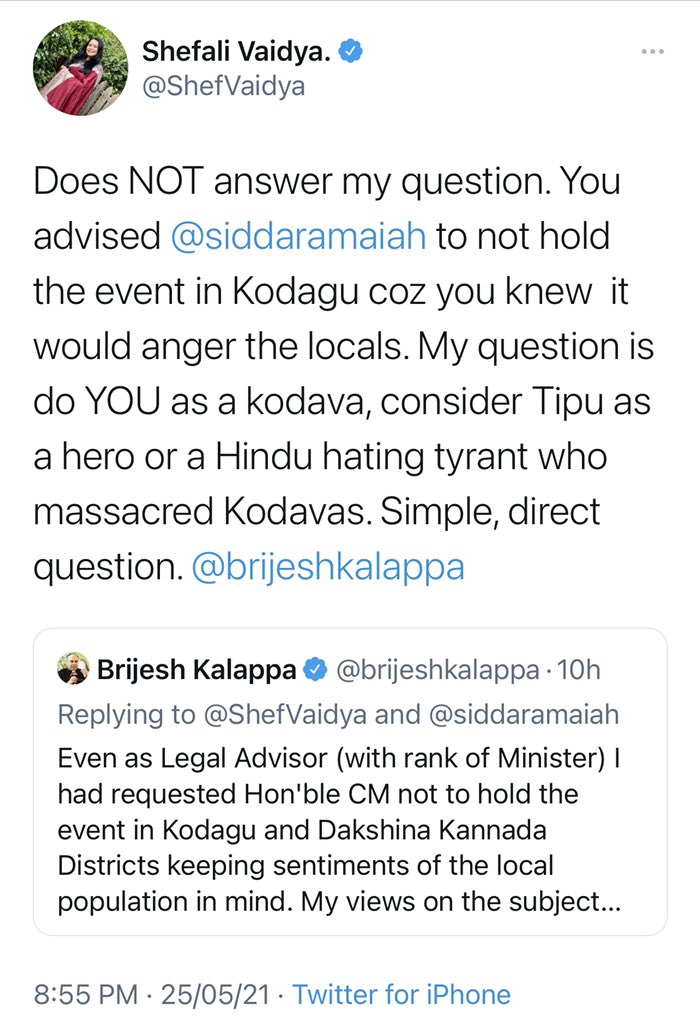
#Thread In the run-up to #HandloomDay day, will do a series on motifs. A motif is a symbolic image that is repeated to create a visual narrative. The word comes from the French word for pattern. Motifs used in Indian textiles are inspired by nature, and culture #MyHandloomMyPride 

Motifs on Indian textiles are inspired by architecture, scriptures, religious beliefs, flaura n fauna n abstract patterns. Motifs tell a story. They serve a symbolic purpose that is beyond fashion. The trefoil motif seen on the priest king’s shawl from #harappa #MyHandloomMyPride 

The peacock is one of the earliest motifs we see in Indian art. Found on Sindhu-Saraswati civilisation era pottery, the peacock is considered to be a symbol of immortality, courtship, rebirth, romantic love and fertility. #MyHandloomMyPride 

You can see a checkered pattern painted on the lower garment of the figure of a woman found during the Sindhu Saraswati valley excavations. This same motif continues to be much favoured in India even today, after 5000-7000 years! #MyHandloomMyPride 

Just like the tre-foil motif, a four petalled flower has been a recurrent motif in Indian textiles for more than 5000 yrs! You can see it here on a Harappan pot currently in National Museum, Delhi, and on a contemporary Ajrakh fabric. It is also seen in Ajanta. #MyHandloomMyPride 



Needles, parts of dying vats and textile tools like spindle whorls, spools, bobbins, loom-weights and holed terracotta discs suggest that weaving, dyeing, block printing and stitching were known to Sindhu Saraswati civilisation people. #MyHandloomMyPride 

In the Vedic era, the art of weaving was considered sacred. There are mentions of Urna (wool), Ajina (animal skin), tarpya/valkala, (tree bark), kausheya (silk) and karpasa; cotton textiles that were so finely woven that the Romans called them Nebula Venti or ‘woven wind’. 

• • •
Missing some Tweet in this thread? You can try to
force a refresh





















